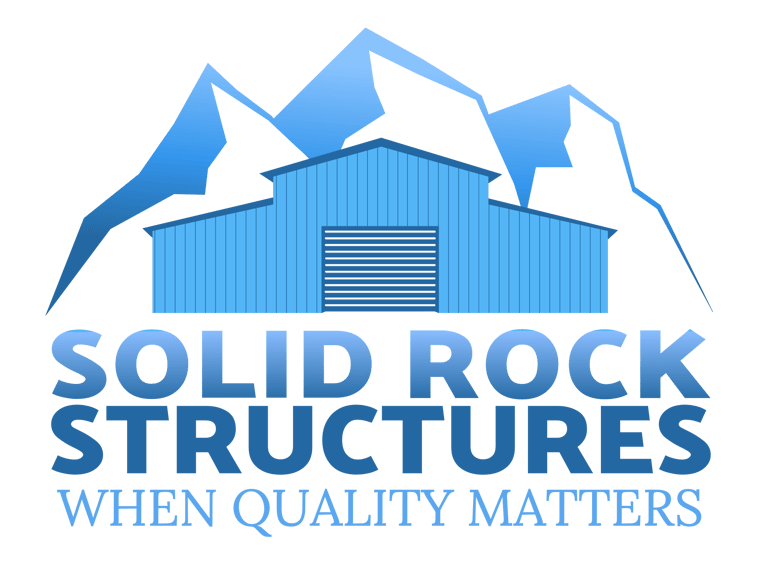
Build Smarter
How to Choose the Perfect Size and Layout for Your Steel Structure
4/16/20252 min read
When it comes to investing in a steel building—whether for storage, business, agriculture, or personal use—getting the size and layout right is everything. Your building should not only meet your needs today but also grow with you tomorrow. It’s more than just square footage; it’s about smart planning, efficient use of space, and future flexibility.
Here’s a straightforward guide to help you choose the right size and layout for your steel structure.
1. Define the Purpose of Your Building
Start with the "why." Are you building a workshop, warehouse, auto repair garage, horse barn, or retail space? The intended use will directly influence:
The minimum space required
Ceiling height
Door size and placement
Interior layout (open floor, partitioned rooms, mezzanines, etc.)
Pro Tip: Plan not just for how you’ll use it on Day 1, but also how your needs might evolve in 3–5 years.
2. Account for Equipment, Vehicles, and Storage
What’s going inside your building?
Large machinery or trucks? Go wide and high.
Stacked inventory? Consider tall walls and a clear-span layout.
Office and utility space? Plan for rooms, insulation, and HVAC-friendly design.
Sketch out a rough interior floor plan and list everything you want to house in the building. Don’t forget to include space for movement and maintenance access.
3. Know Your Lot Size and Building Code Restrictions
Before finalizing dimensions, double-check:
Lot boundaries and usable space
Setback requirements
Local zoning laws
Maximum height or footprint restrictions
Easements, drainage, or utility paths
A building too big for your land—or too close to the edge—can stall your project.
4. Think in Terms of Width, Length, and Height
Most steel buildings are modular, which means they’re customizable but typically based on standard sizes like:
Width: Ranges from 20’ to 200’+
Length: Easily expandable in 10’ increments
Height: Common eave heights are 12’ to 20’, but can go higher
Need more usable space? A wider clear-span may be more efficient than a longer narrow structure.
5. Layout for Efficiency
A good layout reduces wasted space and maximizes flow. Consider:
Entry and exit points
Foot and vehicle traffic patterns
Natural lighting and ventilation
Location of workstations, storage, or office space
Accessibility for future expansion
Tip: Add roll-up or overhead doors at both ends if you expect regular vehicle access—it saves time and stress.
6. Plan for the Future—Now
Your needs will change. Steel buildings are great because they’re easy to expand. Leave room on your lot and design with scalability in mind.
Leave add-ons for later
Consider building a bit bigger than you currently need
You’ll thank yourself later.
7. Get Expert Input
Every build is unique. Working with an experienced steel building provider helps you:
Avoid overbuilding (or underbuilding)
Ensure structural integrity
Stay code-compliant
Optimize layout for performance and cost
We’ll walk you through the sizing process, help you visualize the layout, and make sure every square foot counts.
Final Thought: Measure Twice, Build Once
Choosing the right size and layout for your steel structure is about balancing practicality with vision. It’s your space—make it work hard for you. And with a little planning today, you’ll create a structure that stands strong for decades.
Need help designing your steel building?
We’re here to help with free consultations, custom layouts, and expert advice. Let’s build something that lasts.
Dedicated to helping you achieve your steel structure dreams.
833.767.6257
© 2025. All rights reserved.
Contact


